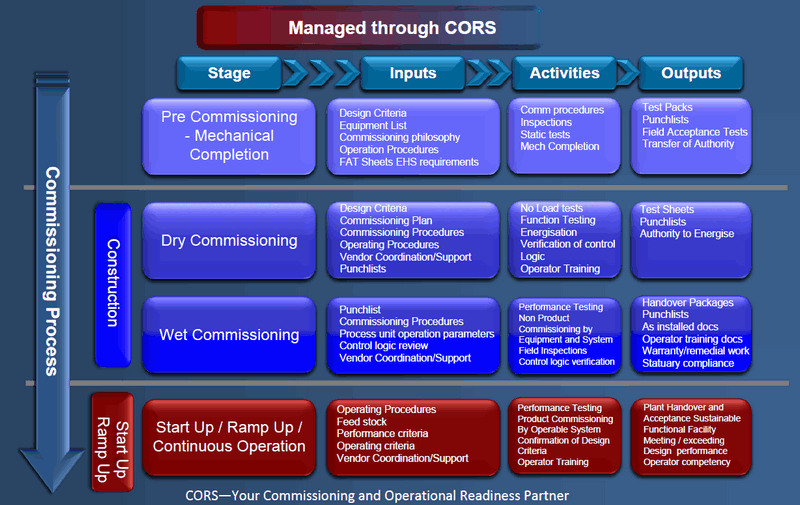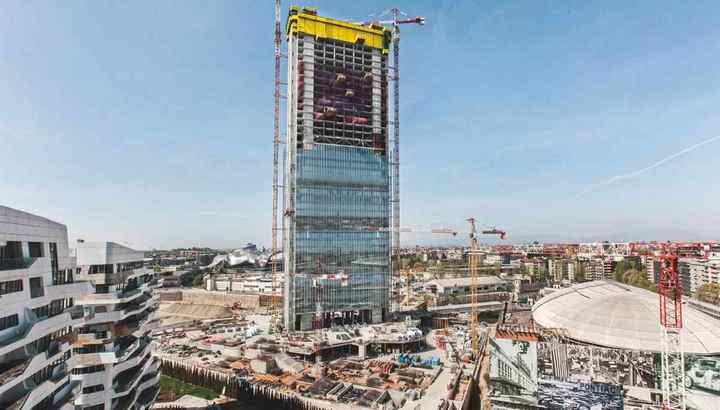It has been recorded that significant leakage with regards to the value of projects happens during the commissioning or ramp-up periods of a new asset life cycle. Research shows that the leakage amounts to approximately 30% of the cost that was expected in the early stages of the total life cycle. Usually, the early stages take the first 3-5 years, and they mostly involve the engineering, design, construction, and commissioning stages. Ramp-up usually happens a year after commissioning and it can be a painful time for operations, as it is not stable and can lead to losing lots of revenue and profitable opportunities as a result of extended downtime. As such, you might need software for construction industry that will eliminate extra costs incurred from choosing poor designs, and from lacking the necessary documentation, operators, and maintenance team. Here we cover the emerging operational readiness practices that can decrease risks and improve operational performance.

Value leakage
First let us look at value leakage, which occurs in the early ramp-up periods of any capital project. As stated above, the ramp-up stage is the time between the commissioning of the asset and the first year of the operations phase. Sometimes the project can experience delays due to a number of reasons. It can be a result of not allowing the operations and maintenance teams to contribute to the design or to select equipment, delayed commissioning due to a delay in constructions, equipment selected on the basis of the cost rather than the total life-cycle, etc. Usually, the actual operation costs will be 1-2% higher than the expected life cycle costs that were assumed during the initial business case. Take note that the destroyed operability value is not included in this cost. However, if you have top maintenance performers, then you can anticipate a 10% production increase from the assets. A gap exists that new assets have to bridge as they go from the construction phase to the operational phase. As such, there should be some investments made in operational readiness in the early design periods and construction stages of any project.
Mitigating strategies
If you have a risk mitigation program that has been well designed, then it is possible to bring down the total life cycle costs by 1-2%, to carry out start-up and ramp-up activities with ease, and to enhance early operational performance. A well designed program will be able to address risks by being able to capture asset data, to design failure mode-based maintenance strategies, and to train and prepare the operations and maintenance teams during the construction and engineering stages of a project.
The early bird catches the worm
It is true that all of the organizations that create and use the best reliability-based maintenance practices to the available operational assets have been able to provide more asset availability at a much more affordable cost. While making profits is crucial, organizations like these have managed to create a dramatic bottom-line impact, which has enabled them to stand their ground in this competitive environment. Creating reliability-based maintenance programs in the early stages of an asset life cycle has been proven to be cost effective when compared to creating the program at the later stages.



